Dynamic range, loudness war… such a slippery argument to talk about, right?! But, I have a brave heart so, let’s dive in!
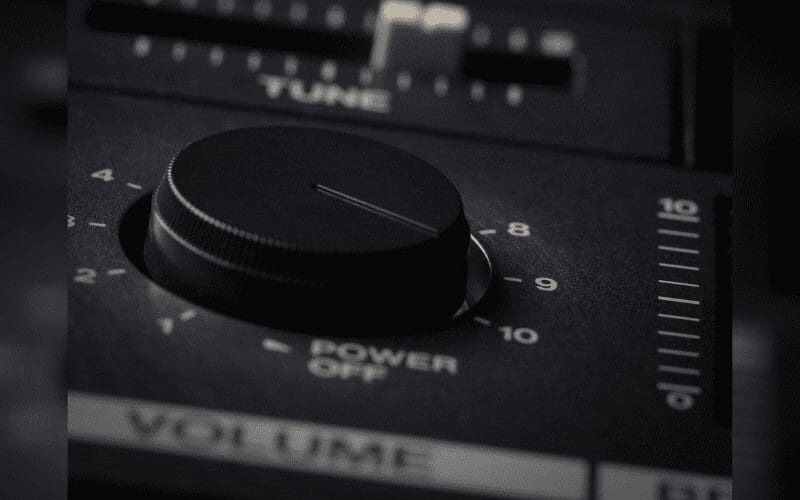
Seriously talking, it’s not a mystery that over the years, music has become louder and louder. Generating a sort of competition between record companies. And whether you like it or not, if you are a music producer, you will have to deal with it. Especially if you are working on commercial music.
Throughout the years technology has changed. We changed our habits, the way we listen to our favorite songs and the support we use for listening.
In the early eighties, CDs started replacing vinyl. While in 2001, Apple launched iTunes, followed a few years later by Spotify and other streaming services.
Nowadays, I guess we all have a smartphone with a monthly subscription music streaming service. And most likely we listen to music through a Bluetooth connection to the car audio system, headphones, earphones, or speakers.
As you can guess there’s a very strong connection between all of those factors and how the music is produced. According to many critics, the loudness war reduced the audio fidelity, compromising the dynamic range of sound. But some disagree.
A lot has been said, and there’s plenty of articles about numbers, algorithms, and audio tests. What I want to share with you instead, is my experience as a music producer.
In this article, I will be explaining how to deal with loudness and dynamic range, and how to stay competitive in a world that requires your music to be ‘loud enough’. As well as how to keep the highest quality possible.
The Loudness War
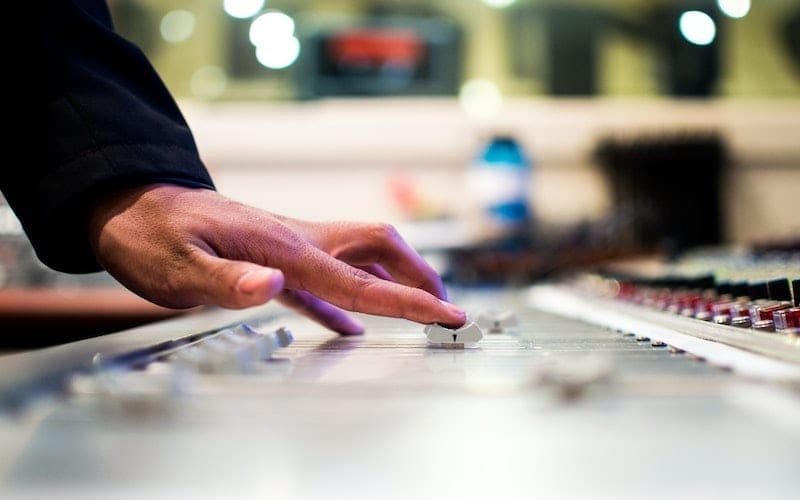
Honestly, I don’t like this kind of expression, but it gives you an idea about the craziness around it.
As you can guess the term “Loudness War” refers to the trend of increasing audio levels in recorded music. It also seems like having the loudest album is the winning point for success.
Just to give an idea about the hype behind this concept – many people coming to my recording studio would tell me, “We want our album sounding… LOUD!”. Well, they were more concerned about the overall loudness rather than staying focused on the music quality.
This is not their fault, that’s the perception they have about what they think is needed in order to reach success. It feels like the package matters more than the content, right? We will talk about that later.
How Do We Hear?

The human body is such a wonderful engineering work made by nature. And it would take too long to talk about how it really works. But, we can simplify the concept and understand the basics.
There is a range of sounds that the human auditory system can perceive. Try to imagine a sort of curve starting on the left where we have the low frequencies, rising in the center with the middle, and flattening down on the right with the highest ones.
The common human hearing range is 20 (the lowest frequencies) to 20,000 (the highest frequencies) Hz. But, it’s important to notice that the human auditory system is most sensitive to the frequency area in the middle, between 2,000 and 5,000 Hz.
As you can guess, as much as a sound will be in the extremity of that range, lower will be our capability of hearing it.
It’s equally important to know that this curve tends to flatten when the sound pressure level rises. So basically, the more we raise the volume, the better we will be able to perceive a fuller range of sounds. Having the sensation that music sounds better.
If you haven’t yet yourself, try to experiment this –
I am pretty sure you’ll find a button in your car system or in your home stereo system that raises the volume. Push that button while listening to music at a decent level. Go ON and OFF a few times. Now try doing the same at a louder volume. Go ON and OFF again with the loudness function.
You’ll immediately realize that while at a decent audio level, the loudness function will please your ears, going louder is not needed anymore. And, you’ll eventually find it pretty annoying.
That loudness function will more or less boost the frequencies in the extremities, those normally less perceived.
Dynamic Range
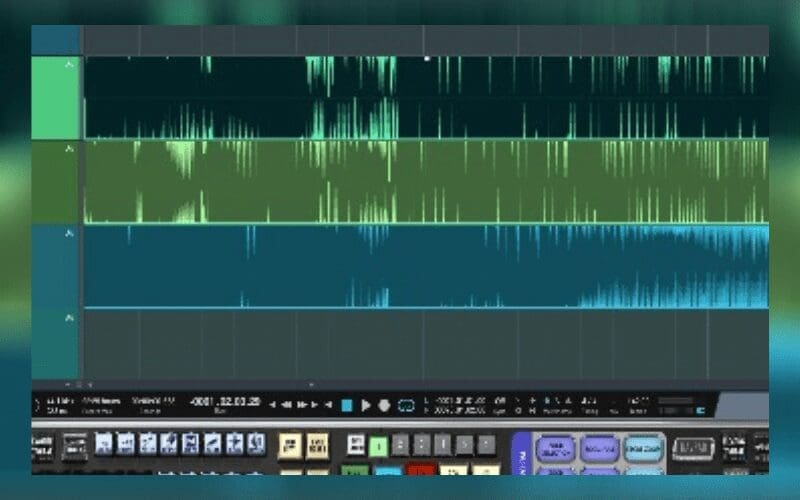
So what is dynamic range? It’s equally important to understand the dynamic range because it’s an essential part of the process. That’s where the loudness of ‘crime’ happens!
In this case, we are talking about the loudest and the quietest peaks in an audio track. Think about the isolated vocal track, or a song a cappella. When the singer will raise their voice, the recorded track will most likely reach the highest peak. While whispering, the track will be at its quietest level.
You can apply the same concept to the whole mix track, every single track or group of tracks.
Mastering And Compression
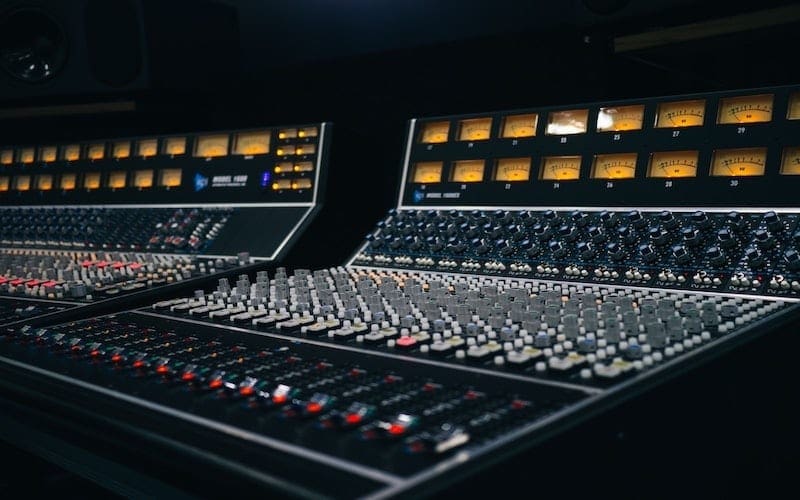
The mastering process, in modern music but before CDs, was not only meant to prepare the tracks for vinyl printing. But it was also useful to give a sort of coherence to the sound of an album. With a wise, sometimes creative use of equalization, compression, and level of volume with the use of dedicated analog gear by specialized engineers.
A crucial part of mastering is limiting and compression. Where the distance between the highest and the quietest peaks (the dynamic range) of an audio track gets shortened through their process.
While vinyl’s format didn’t allow any dramatic manipulation, CDs gave more room to engineers to work on the overall loudness.
Anyway, in the beginning, CDs grabbed the attention more for their fidelity and crystal clear sounds. And it took a while before they became really popular. After a few years, they became the new standard. Which led artists, record labels, and mastering engineers to push the limits of CD loudness.
Music Mastering With Мusic Gateway
With our incredible free music distribution service, we master your music for free to make sure that you sound the best you can before your release. With a free account, you get 2 free songs to start with and you get more based on your plan.
Our music distribution service gets your music onto all major platforms such as Spotify, Apple Music, and Amazon Music. What’s more, you keep 100% of your sales and we don’t get a penny from you.
In addition, we offer exclusive sync licensing opportunities and free sync representation. As well as a free press, blog, and music promotion. Hopefully, you’ll love what we can do for your career and will want to use some of these other amazing services!
When Did The Loudness War Start?
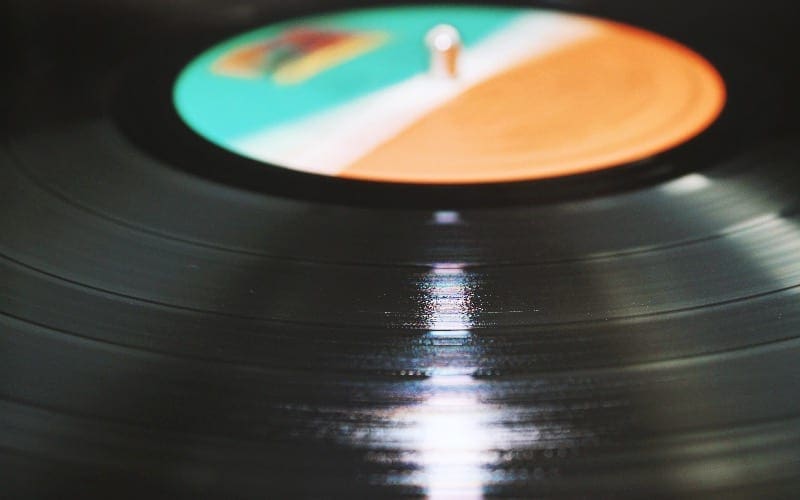
Even though volume in music has always been slightly rising throughout the years, the arrival of the CD era during the earliest eighties, fostered the very first important change.
Most record labels had the sensation that louder CDs worked better. Record labels started pushing the loudness level more and more reaching wild limits. It became a sort of ‘obsession with compression’.
In the meantime, recording studios had some significant changes. This was during the nineties and even more in the noughties, when the outboard went progressively replaced by digital audio.
In 1991 the first version of Pro Tools was released. It became the new standard in most recording studios during the following years.
At that point, mastering and compression became achievable even in every small recording studio, with the use of plugins eventually. While in the past, it was something for dedicated engineers with a dedicated outboard.
Dynamic Range – So, Who’s Guilty?

We have been talking about loudness and dynamic range, and how the compression and limiting can mind the gap between peaks in a song’s track. The loudness war basically generated a sort of useless competition, to the point that being the loudest was even more important than just having a great album.
Whilst writing this article, I did some research to find out which albums were the most criticized for being super loud. I found some names that I was not expecting to find!
Metallica – Death Magnetic
This was for sure one of the most controversial. I hadn’t listened to it in a long time, so I decided to refresh my mind and. And you can hear that something went a bit too far on here. I am a fan, but really this album is a flat line with zero dynamics and even some annoying distortion.
It’s arguable to say if it was an artistic choice or if things simply just went wrong, or maybe, they just wanted to sound the loudest!
For sure the producer, Rick Rubin is not a newbie. He founded Def Jam recordings, produced “Reign In Blood – Slayer” and the Beastie Boys famous and many others. So, I guess this guy knows a thing or two about this business, rock metal in particular. He knew what he was doing. After all, we are still talking about that album. So, I guess they won, right?
Taylor Swift – 1989
While I am not surprised to find in that list of guilty artists some other big rock bands like Black Sabbath or Red Hot Chili Peppers, I was however surprised to discover names like Taylor Swift or Miranda Lambert.
Their music is not necessarily supposed to be pushed to the limit, but it gives you an idea about the trend. I’ve been listening to some of the most incriminated albums, such as this one by Taylor Swift, and yes it’s pretty flat. But, after all, it’s a successful album that won a Grammy.
Dynamic Range – The Debate Goes On!
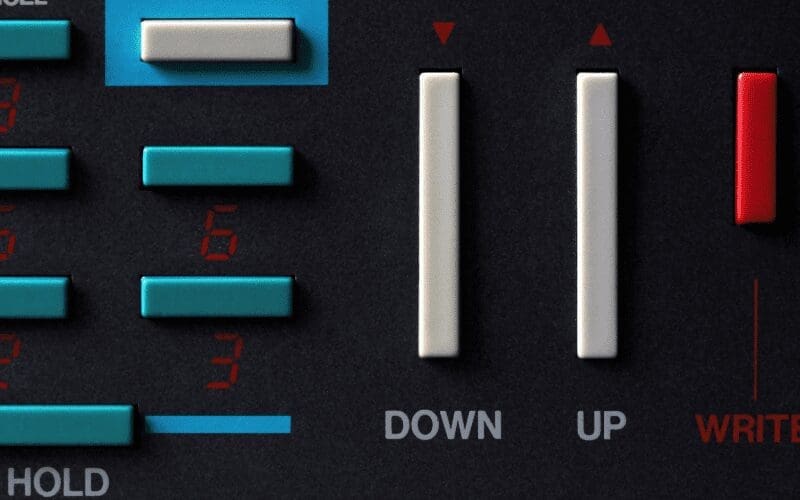
Whilst the loudness war is still disappointing many listeners and fans, things have not been changing that much.
I don’t think record labels are naive at all. Instead, I am pretty sure that if their productions are super pumped, it means they really believe this is the way to stay competitive. Anyway, it doesn’t hurt.
It’s clear that many productions reached the loudness limits by sacrificing the quality of their music. And while sometimes it can be considered an artistic choice, I have the feeling that many others are just falling into mistakes. By trying to stay as loud as possible and underestimating the overall quality of the sound, or, just losing control.
Conclusion On Dynamic Range & The Loudness War
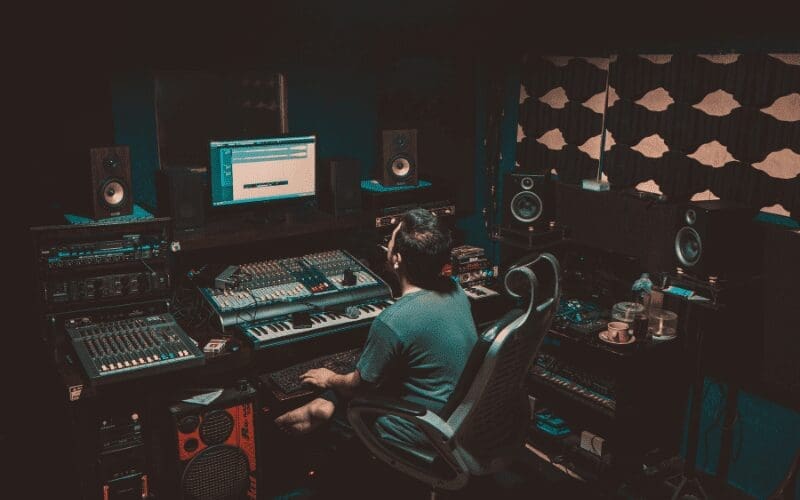
My verdict on dynamic range loudness war? The big deal in my opinion is being able to stay competitive in this wild music jungle. Delivering good quality music with a decent level of loudness.
My very personal opinion, based on my past experiences in my recording studio, is that the loudness war is having a bad influence on musicians. Too often, artists are concerned about loudness rather than their own performance in the studio.
Everyone behind the console should let them know that the “pump” starts from the musician’s performance during the recording session.
As an example, I am totally fine with a drummer smashing cymbals as chaotic as they like during a live concert, but in the studio, they need to be played. With the required intensity but wisely, of course.
The more a musician has control over their instrument, the better the final product will sound. Useless to say that everything is allowed if it’s an artistic choice, even smashing cymbals to the limit. But, most of the time, this is not the case.
What I mean to say, is that a good performance during the recording session will also help the mixer engineer do a better job. And it will give him/her more headroom for the mastering chain. Of course, this is just the starting point. The whole job is up to the recording studio, who’s mixing the song, and how far they are pushing limiters and compressions.
I also need to mention that nowadays the whole process usually happens in “the box”. Meaning no outboard, just digital. And it’s easier to fall into mistakes adding “too much”. Too much equalization, too much compression, too much effect, too much leveling, and so on.
All tools are there available with just one click, and it’s easy to be tempted to keep adding things even when it’s not needed at all. I still believe that “less is more” and balance is the key, but this is your grandpa’s 2 cents.










